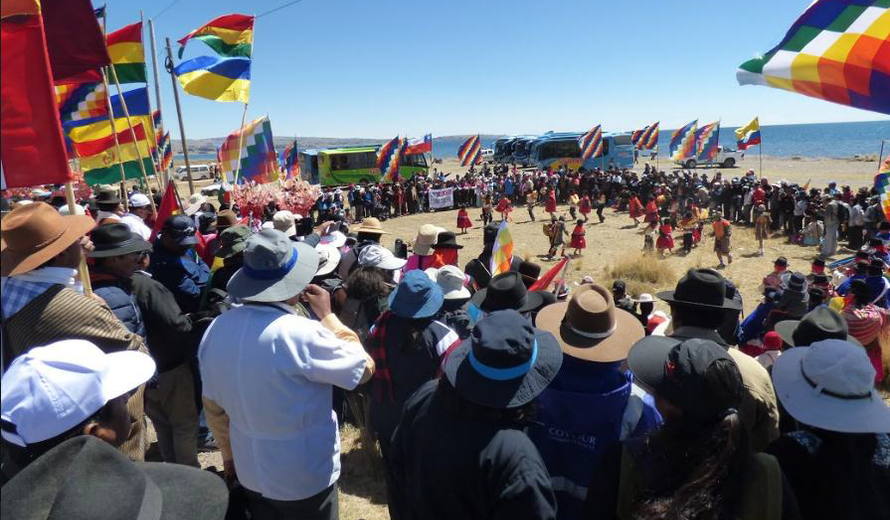Qhapaq Ñan countries continue collaboration with more workshops

The national Technical Secretariats of the six countries belonging to the Qhapaq Ñan, Andean Road System continue their collaborative efforts in strengthening the conservation and management structure of this unique and complex World Heritage site, inscribed in 2014 as a serial cultural transboundary property crossing Argentina, Bolivia, Chile, Colombia, Ecuador and Peru.
In the months of August, September and October 2018, members of each national technical team, as well as international experts and representatives from local communities, participated in three distinct workshops as part of the project “Support to the reinforcement of the participative management structure of the Qhapaq Ñan, Andean Road System”, financed by the Japanese Funds-in-Trust for the Preservation of the World Cultural Heritage.
The first of these workshops was held from 13-15 August 2018 in Lima, Peru with the objective of developing the main lines for Participative Management and Public Use Plans to be implemented in each of the six involved countries. The participants discussed the various ways in which the sites and sections of Qhapaq Ñan are used by locals and visitors: for community use, for educational and research purposes, and for recreation and tourism. The 3-day workshop involved both theoretical and practical activities, followed by field visits to local communities and participation in the “Fourth Regional Walk and Second International Walk for the Great Qhapaq Ñan” in the Sisipampa-Pomata section of the property near Puno, Peru.
The Technical Secretariats met again in Quito, Ecuador, from 24 to 25 September 2018 for the second workshop on the conservation of stone structures in the property. During the workshop, the 14 participants from the six national Technical Secretariats discussed their progress in implementing the lessons learned in the first conservation workshop held in Ecuador in June 2017. The major objective of the workshop was to discuss and concretize a standardized document for the best practices in training for stone conservation in the property.
Most recently, from 9 to 11 October 2018 in Cusco, Peru, the members of the Qhapaq Ñan project as well as international experts came together for the final activity planned within the framework of the project on the topic of Risk Management within the property. Over the course of three days, the 29 participants analyzed and exchanged experiences on the diverse risk factors present within the property, from natural disasters, to climate change, to urban and development pressures, to public use of the ancient trails by local communities. The overall objective of the workshop was to agree on a standardized guide for the processes to follow in the preparation against, response to and recuperation from risk factors in the property.
The finalization of these three international workshops marks the mid-way point in the implementation of the 3-year long project in benefit of the World Heritage property Qhapaq Ñan, Andean Road System, and to strengthen the capacities of the diverse actors at the international, national, regional, and local level that participate in its conservation and management. The project was developed jointly between the Latin American and Caribbean Unit of the World Heritage Centre and the six national Technical Secretariats to respond to the recommendations of the World Heritage Committee upon the property’s inscription on the World Heritage List in 2014. Its implementation relies on the generous contribution the Japanese Funds-in-Trust for the Preservation of the World Cultural Heritage.
